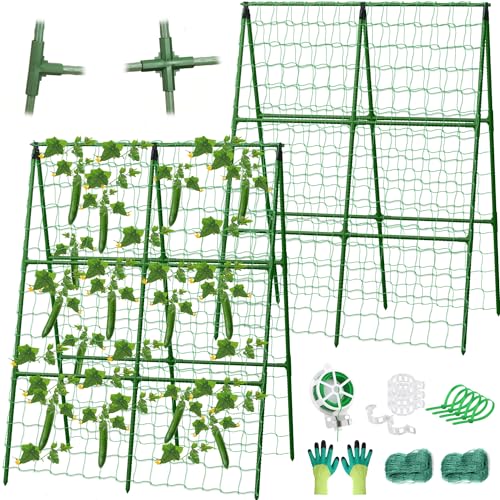Barrel aging has 2 distinctly different effects. One is oak flavoring, if the barrel is non-neutral, meaning that the barrel is young enough that the inherent oak flavoring has not been used up. Oak flavoring is a limited resource, and by the time a barrel is reaching the end of the 3rd year of use, it's mostly used up and the barrel is considered neutral.
The second effect is that water and alcohol evaporate through the wood, so barrels must be topped up periodically as the liquid level is reduced. This has a concentration effect as the non-water/alcohol constituents become more concentrated. There is also "micro oxidation" where minute quantities of O2 affect the wine in a positive fashion. The evaporation effect does not have a limit -- my barrels are going into their 13th year of use and are just as useful for that as they were when new. I know people with barrels over 20 years old that are just fine.
Oak adjuncts can be added to carboys, stainless steel containers, and neutral barrels to provide oak flavoring. These adjuncts include oak powder, shreds, chips, cubes, spirals, and staves. I prefer cubes as they are relatively consistent in size, and I can fine-tune the amount added, but all the products work.
If you're getting sharp tones in carboy aged wine, you're probably adding too much oak. I've added as much as 2 oz per 5 gallons of red wine, and have dropped that down to no more than 1-1/2 oz, and in some wines go with 1 oz or 1/2 oz. IME oak adjuncts have a lifecycle in how the flavor is imparted AND in how it mellows, and when I add cubes, I leave them in for the duration, which is no less than 3 months, and may be as much as a year.
Adding more oak and taking it out early appears to produce sharper flavors. I work from the POV that it's easier to add more than to take some out, so I go lighter on oak with the understanding that if it's not enough, I can add more. I prefer oak as a seasoning, not a flavoring.
Also take the weight of the wine into consideration. A very heavy red can handle more oak than a lighter one.




















































